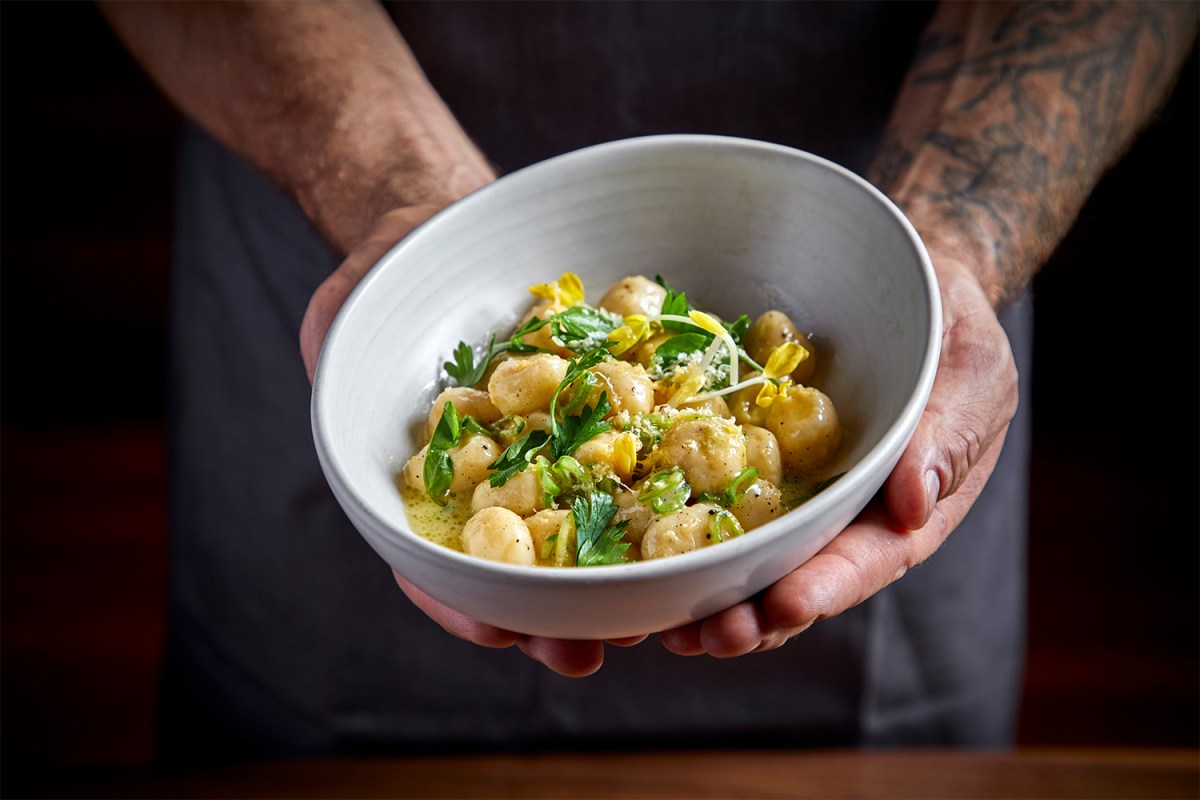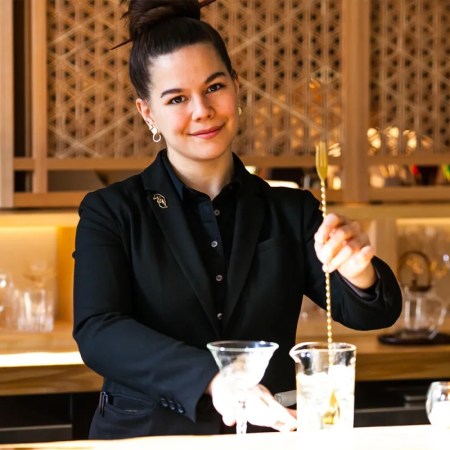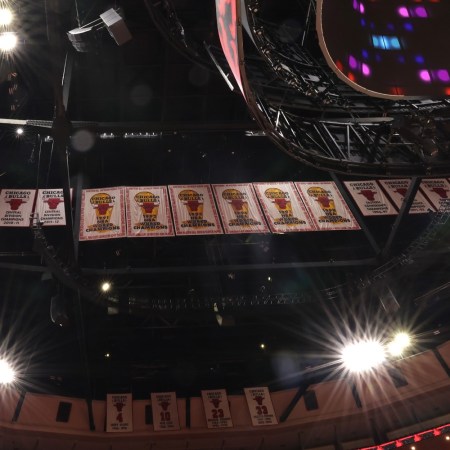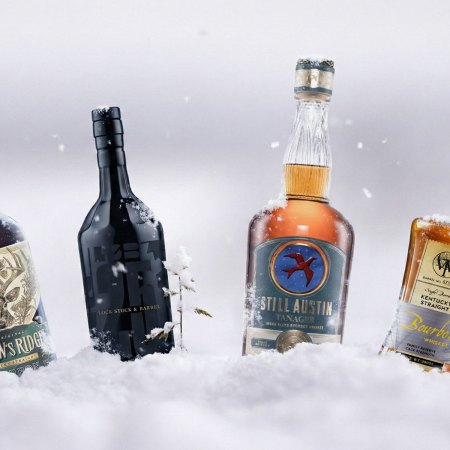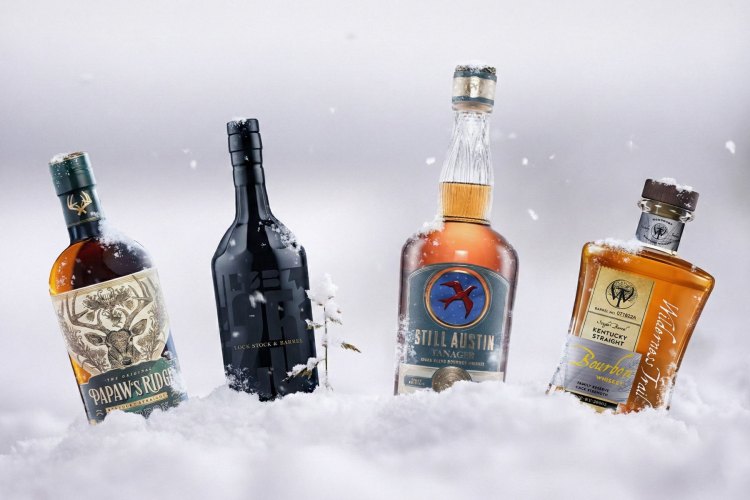When many (non-Midwesterners) think of the Midwest, they likely think of the corn belt — and that’s no surprise. (The Washington Post reminds us that the better answer is walleye.) The Midwestern U.S. has dominated American corn production since the mid-19th century, and as of 2008, Iowa, Illinois, Nebraska and Minnesota were growing more than half of all corn produced in the country. But Midwestern agriculture is far more than just corn. Rich in root veggies ranging from the familiar beet to the esoteric salsify — not to mention cheese, beer and unique hybrid grapes that marry qualities of endemic American varieties and the European vinifera that otherwise dominate the world’s wine industry — Midwestern terroir is ripe for exploration.
Miami, Illinois and other native nations have reaped local bounty here since long before first European contact: game meats like venison and buffalo as well as produce like beans, squash, purslane, sunchokes, prairie turnips, black walnuts, pawpaws and persimmons. These ingredients still tantalize local chefs, but Chicago has taken far longer than New York or San Francisco to jump on the locavore bandwagon, according to chef Jason Hammel of Lula Café.
“I still think we have a ways to go to catch up,” he says.
The tardiness can be chalked up, at least in part, to the way in which Midwestern land has long been used for large-scale production of commodity crops, according to Matthew Clark, Associate Professor of Grape Breeding and Enology at the University of Minnesota.
“The Midwest has seen transitions over time from more diverse farm operations — livestock and crop plants — to fewer crops,” he says. “For example, less oats and wheat are grown in Minnesota now, replaced by corn and soybeans — often used to feed livestock.”
These crops thus remain frustratingly out of the grasp of local chefs who would love to get their hands on them.
“Illinois is one of the biggest producers of soybeans, and then you try to go find fresh soybeans or fresh soy milk, and you can’t find it anywhere,” says chef Larry Feldmeier of The Bristol. “A lot of it is for feed, I guess, or for fuel, but it’s just kind of crazy to be the largest producer, and then you go anywhere to find fresh soybeans, and it’s all just the frozen stuff from somewhere else.”
Luckily, this is finally changing in Chicago, where, despite woefully short growing seasons, farmers like Jerry Boone of Froggy Meadow are experimenting with forgotten and unusual produce, and chefs are putting local bounty front and center on their menus.
Chef Feldmeier grew up in the area, and after spending time in Colorado and Utah, he has returned home and more than risen to the challenge of spotlighting Midwestern ingredients. His cherished fish fry memories have inspired him to put fried perch and walleye on his tasting menu, alongside herbs and greens that can be foraged locally like ramps, wild onions and even nettles.
“Stinging nettles grow like crazy around here,” he says. “For me, they’re exciting because they taste great, and it’s something that I’ve walked by a million times. It just blows your mind.”
And chefs aren’t the only ones tapping into local bounty. Brewmaster Jared Rouben is the mastermind behind the Farmers Market Series at Moody Tongue Brewery, where one local ingredient is featured in a new seasonal beer each week of the summer. The results might include Klug Farms nectarines or early season rhubarb in house IPAs and saisons.
“While we don’t always incorporate additional ingredients into our beers, when we do, they are most often from local farmers and producers in the area,” he explains.
And of course, it would be impossible to discuss the local terroir without mention of the local wine. The Midwest is home to some of the most exciting explorations of native and hybrid grapes in the country, born of renewed interest in the Vitis riparia and rotundifolia species that predated the introduction of European Vinifera to American soils back in the 19th century. In Missouri, Jerry Eisterhold is spearheading efforts to return to American winemaking roots with his TerraVox, founded back in 1996.
“I don’t know if it’s an inspiration or kind of a responsibility to explore this lost piece of our culture, but it kind of felt like if I didn’t do it, no one else would,” says Eisterhold. “It didn’t really make a lot of business sense to build a business growing grapes no one had ever heard of.”
These days, he’s a champion of grapes hardy enough to survive the frigid Midwest winters and hot summers.
“Viticulturally, of course, these are the plants that evolved in this place, and they are meant to be here,” he says.
Eisterhold teams up with Green Dirt Farm to pair his wines with local grass-fed sheep cheeses. Indeed, cheesemaking is a long-standing tradition in the Midwest, flourishing thanks to limestone soils that filter the water feeding both the grassy pastures and the animals themselves, for an even sweeter final result. It’s no surprise that there are over 100 cheesemaking plants in Wisconsin alone, and Chicago-based cheesemongers and cheese influencers like Alisha Norris and Erika Kubick are bringing Midwestern cheeses into even better relief.
There are definitely still strides to be taken to continue to cultivate a better depth of understanding of Midwestern terroir. One on-trend element involves leaning into nostalgia. Chef Ben Truesdell of Dusek’s Tavern, for example, is having fun bringing not just Midwestern products but Midwestern recipes to the forefront.
“I guess we try to do Midwestern-style foods,” says Truesdell, citing creamy green bean casserole or creamed corn as favorites.
“You’ve just gotta find that segue,” he says. “I mean you can make a nice, creamy casserole and you’ve just got to get fresh green beans. I think it’s really kind of about telling a story and getting people excited.”
He lends the same treatment to Jell-O salads — made, at Dusek’s, with house-made marshmallows and anisette from the kitchen garden — or a play on creamed corn with a house-made cob stock and the smoky, rich character that roasting gives to this staple crop.
The Midwest has worked hard to overcome its reputation for stodgy, plain food, according to Hammel.
“I think sometimes people confuse the honest, direct, unpretentious Midwestern personality type for the kinds of foods we grow and serve here,” he says. “The Midwest might read as a root vegetable — hearty, thick, best with cheese — but really the Midwestern growing season, while brutally short, creates a lot of diverse fruits and vegetables.”
And there are many elements of its terroir that have yet to reach their fullest potential. Eisterhold is working hard to develop biodynamic methods of farming, to overcome the need for fungicides, and above all, he’s still working hard to discover what, exactly, his wines — and Midwestern terroir in general — want to be.
“I would hope that we could develop it,” he says, of the approach to and understanding of local terroir. “It’s just presumptuous to think that we’re there yet.”
This article was featured in the InsideHook Chicago newsletter. Sign up now for more from the Windy City.
